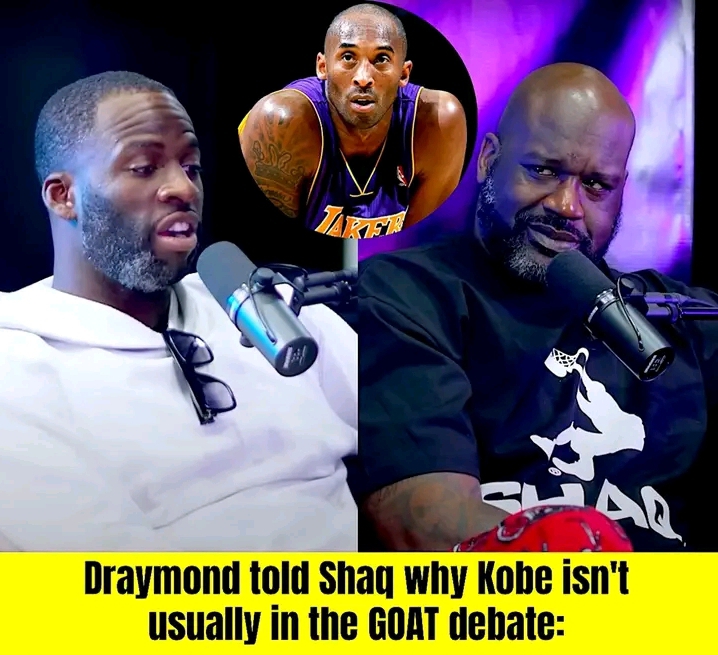Green’s insights shed light on the complexities of evaluating players across different eras and team dynamics.
According to Green, two key factors contribute to Kobe’s complicated GOAT status. Firstly, playing alongside Shaquille O’Neal during his early years with the Los Angeles Lakers leads some to discount Kobe’s individual contributions, as his success is sometimes attributed to the dominant center. Green noted, “Number 1, he played with you and people hold that against him.”
Green also pointed out that Kobe’s career coincided with a transitional period in the NBA. After Michael Jordan’s retirement, the league saw the rise of new stars, including Kobe and Shaquille O’Neal’s dominant Lakers teams. However, when Shaq left Los Angeles, the team experienced a few rough years, which coincided with LeBron James’ emergence as a dominant force in the league.
During this time, Kobe continued to produce impressive individual statistics, but his team’s performance wasn’t as strong. Green argued that this allowed LeBron James to gain momentum and establish himself as a top contender in the GOAT conversation. “In those years, LeBron was making his hay and starting to make his name as the best player,” Green said.
Green’s analysis highlights the challenges of comparing players across different eras and the importance of considering both individual achievements and team success. While Kobe’s impressive résumé earns him a spot in the GOAT debate, the timing of his career and the dynamics of his teams contribute to the ongoing discussion about his status relative to other all-time greats like LeBron James.

